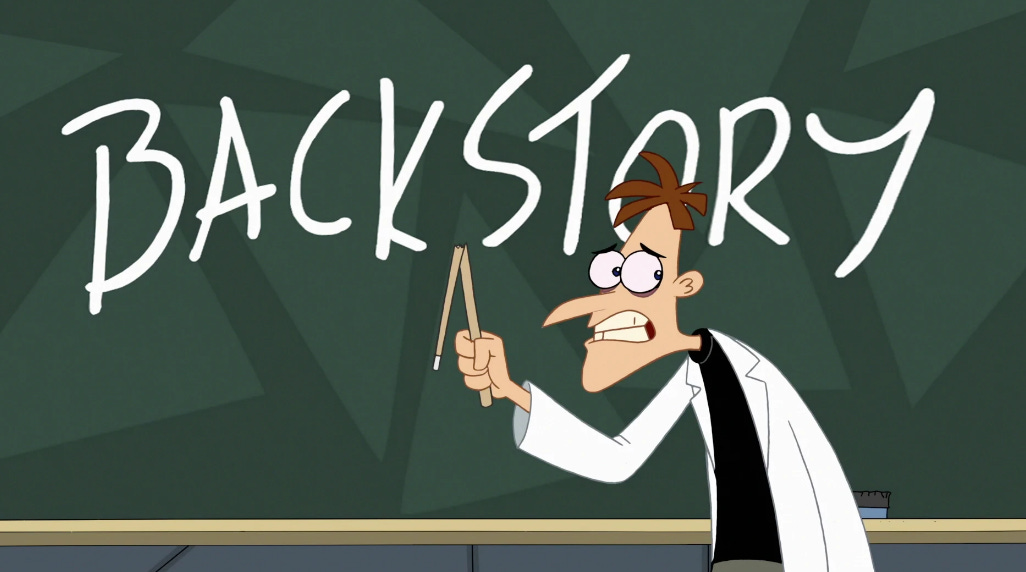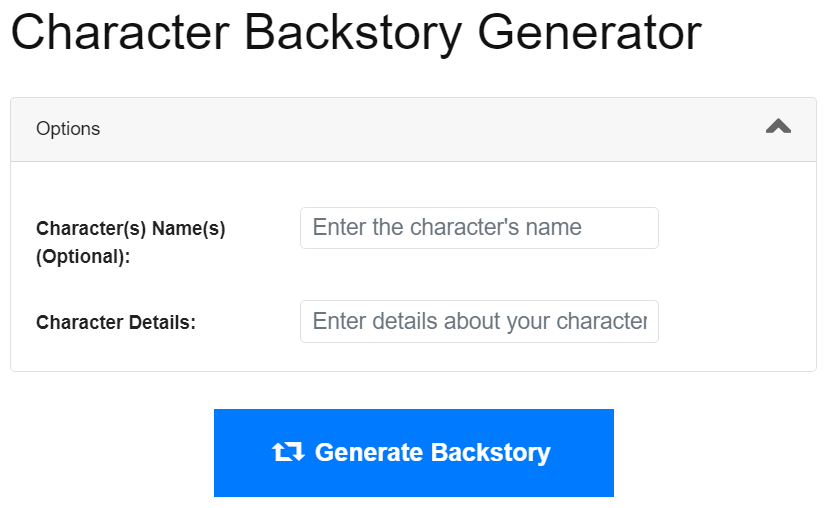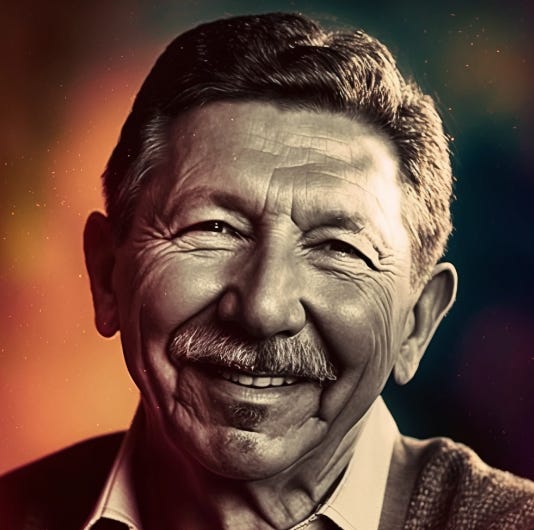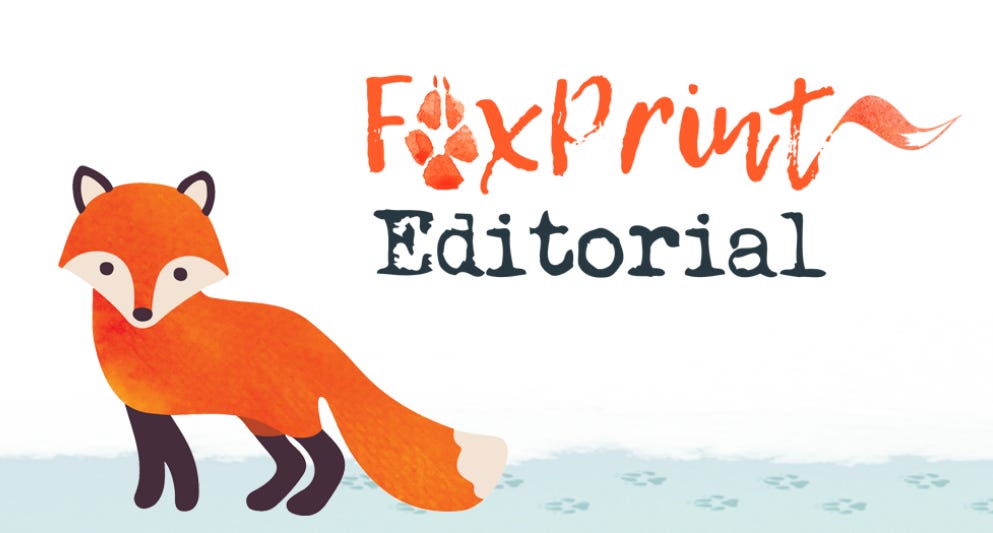So, how to start? Well, you could go AI, if you’re of the mind.
(For the record, I am NOT personally of that mind. I try not to mix AI of any kind with my creative process. But that’s just me…)
“How to Write Compelling Character Backstories: Step-by-Step Guide” on the Masterclass site suggests building a timeline, but leaving extraneous (or unnecessary) events off the timeline. Everything, in short, should matter.
In “How to Write a Character’s Backstory,” Jerry Jenkins suggests starting with basic details:
Age
Gender
Cultural background
Childhood
Education
Economic status
From this, Jenkins urges you to develop specific details with which you’ll be able to starting thinking about your character and their place in your story.
A template in the article “5 Tips for Writing Character Backstory” (among many others) advises using Abraham Maslow’s Hierarchy of Needs.
Psychologist Maslow famously theorized that humans have a series of needs, each stage of which must be met before going higher in order. Writing Mastery suggests that when writing backstory, it might be helpful to consider at which stage each character might have stalled in relation to what will happen to them in your tale.
1. Physiological (food, water, warmth, rest, shelter)
2. Safety (personal, emotional, and financial security, health)
3. Love and belonging (family, friendship, intimacy)
4. Esteem (prestige, self-respect, respect from others, recognition)
5. Self-actualization (the need and ability to realize one’s potential)
As an example: my detective, Michael Calrissi, excels at his job solving serial murders by using a psychic skill. But because he abuses that same skill and thus drives people away, he has yet to achieve Maslow’s third level at the time we meet him. He longs to go higher. Entering his level in my backstory for this character allows me to see what he’s accomplished and what he might still want to accomplish with his arc.
Here's another approach, and Pantsers will love it: Work Backwards.
It’s implied on this t-shirt (which you can buy—from FineArtAmerica, not me—here). The wording entices you to think what the backstory might be behind warning labels (as a true example: a sunshield which blocks the entire windshield of a car has a warning which reads: "Do not drive with sunshield in place." Which means—yes—some genius has tried to do so).
You can use the same logic with character backstory.
Tiffany Yates Martin in “Working Backward to Create Fully Fleshed, Compelling Protagonists” says:
“…once you know your starting point—or more accurately your endpoint, meaning who your character is by the time of the portion of his life you’re telling in this story—start asking yourself questions about the traits you’ve allocated to him, little by little mining down to what might create those specific traits in a person…”
So, summary-time. In no particular order, here’s a few backstory-writing recommendations from me and others.
· Consider using a template or guidelines to get started.
· Consider your story first, then work backward.
· Keep it brief and only include details pertaining to your tale.
· Embrace your humanity and creativity and avoid AI assistance.
Next up we’ll talk character motivation, which is part of backstory, of course, but needs its own post. Because it’s far from irrelevant.
And that last word takes us to one more:
What is extraneous?
_________
Action Plan
This newsletter is free. Please help me find new subscribers by sharing it, commenting or subscribing (did I mention there’s no charge?).
Next Up
An essential piece of the backstory puzzle…
38) Character Backstory: Motivation. Backstory 3 of 4. See you in two weeks!
Craig


















Thank you for this!